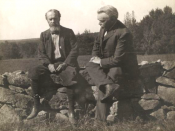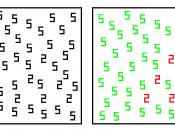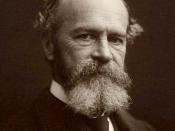When we begin to acquire a new motor skill, we discover that during the first stages we often have to focus on the mechanics of the skill, in order to carry it out. As a person with an extensive history within dance, I can describe this as the complexity of thoughts when learning a new dance move. The mind seems to focus on the individual aspects of the skill, fine tuning and correcting any mistakes made. Often after a period of training and practice, the step becomes what some would term 'second nature', and it seems like there is no thought process to this, rather the body just does the required motor skill without obvious cognitive process. This is termed as automaticity, yet why and how does this happen?
Automaticity has been well discussed since its beginnings through theorists such as William James and M. Leon Dumont. Dumont described automaticity as being compared to paper 'it costs less trouble to fold...when
it has been folded already...Just so, the impressions of outer objects fashion for themselves in the nervous system more and more appropriate paths, and these vital phenomena recur under similar excitements from without, when they have been interrupted a certain time.' (Cited: James 1890). William James wrote about it in the Chapter called 'Habit' (1890), and in this chapter he theorized that 'the phenomena of habit in living beings are due to the plasticity of the organic materials of which their bodies are composed' (James 1890). He explained that habit (or in other words, automaticity) occurs when currents run through the hemispherical cortex, and that they leave traces in the paths they take, which do not easily disappear (James, 1890). Whilst these certain definitions of how automaticity takes place may be contested, the idea that our bodies perform...


